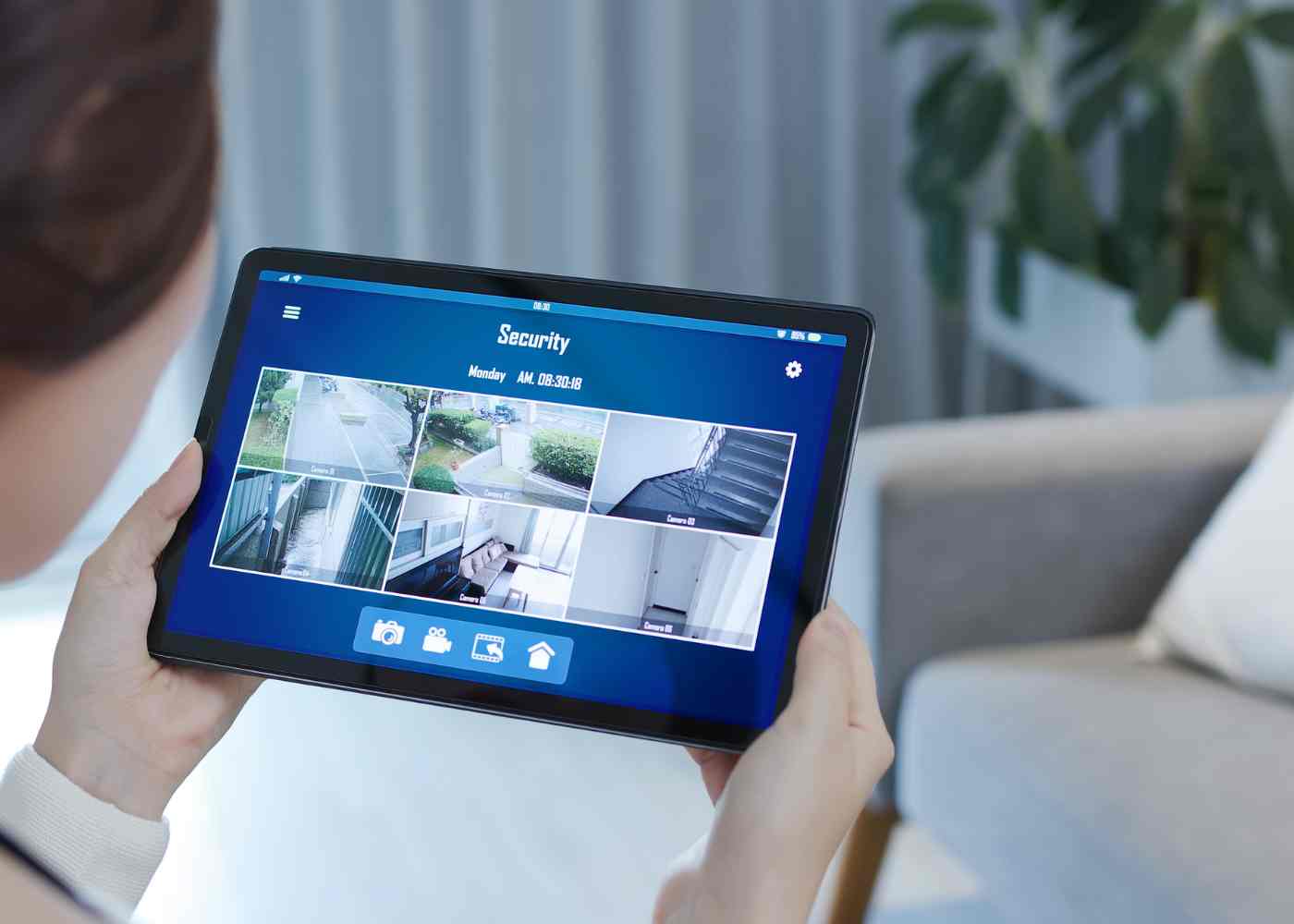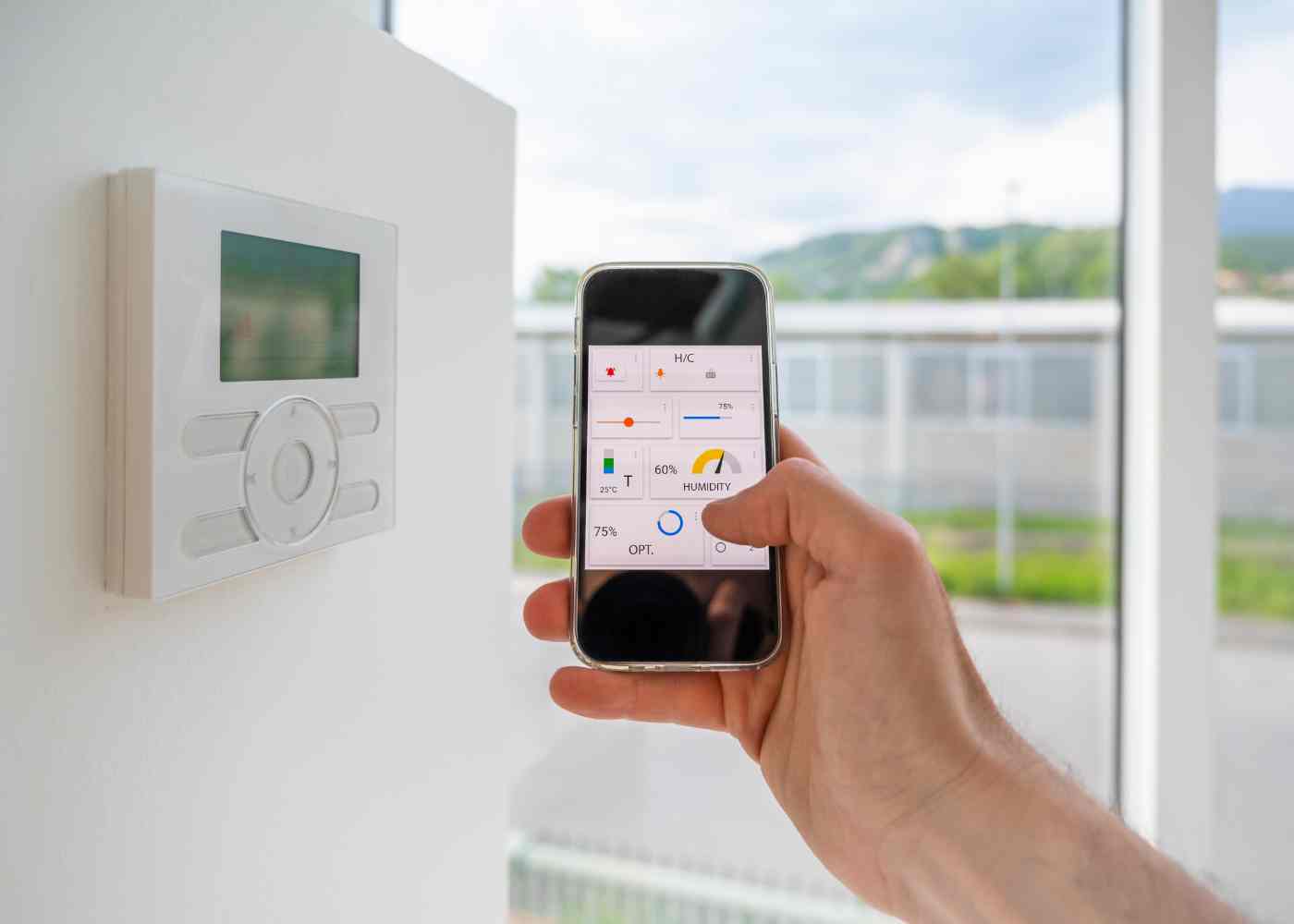The UAE has experienced rapid growth in urbanization and technology over the last few decades. As such, there is an increased focus on fire safety within the country, with both governments and businesses investing heavily in smart technologies to improve fire safety. The integration of Internet of Things (IoT) technology into fire safety systems provides enhanced data collection capabilities that enable organizations to better assess risk, manage resources more efficiently, and develop automated response protocols when it comes to fires or other hazards. This article will explore the impact of IoT on fire safety in the UAE, including key drivers for transformation, current challenges faced by building owners and operators, innovative solutions provided by IoT-enabled devices, and the potential social implications of these changes.
Fire Safety Challenges in the UAE
The legacy of inadequate fire safety measures in the UAE has had far-reaching implications for both building owners and operators. Building design, materials used, and a lack of awareness are just some of the major factors that have contributed to the high number of fire-related incidents. Poorly maintained buildings, including those made with substandard materials or lacking adequate fire protection systems such as sprinklers, are especially vulnerable to damage in the event of a blaze. Similarly, many older buildings lack proper ventilation or may be equipped with outdated electrical wiring that can contribute to fires.
In addition to these physical challenges posed by existing infrastructure, there is also an educational challenge when it comes to raising public awareness about fire safety and providing adequate training on how best to respond in an emergency situation. Many people do not know what measures should be taken if they find themselves in a dangerous situation, which can make evacuation more difficult and increase the risk associated with any given incident. This knowledge gap is particularly pronounced among lower-income households, which may not have access to information related to fire safety but could benefit most from its implementation.

There is also the issue of resource constraints when it comes to attempting to implement comprehensive solutions across all types of facilities within the UAE's urban areas; this includes everything from residential dwellings all the way up through commercial office spaces and industrial complexes alike. Traditional methods such as installing smoke detectors as well as manual processes like carrying out regular inspections take time”something organizations often cannot afford due to limited staff numbers or other financial considerations”meaning solutions must be found quickly but effectively if they are going to meet relevant regulations while minimizing risks associated with potential fires starting or spreading unchecked throughout a facility's infrastructure.
IoT Innovations for Fire Safety
One of the key technologies that is driving improvements in fire safety in the UAE is Internet of Things (IoT) systems. IoT-enabled devices are becoming increasingly prevalent within residential, commercial, and industrial facilities alike, providing real-time data about potential hazard sources as well as automated responses to emergency situations such as fires. For example, many buildings now feature fire and gas detection systems that use sensors to detect smoke or other hazardous gases before they reach levels that could be dangerous for occupants. This allows for early detection and response, reducing evacuation times dramatically while also minimizing property damage due to a preventative approach instead of a reactive one.
Similarly, innovative smoke alarm systems have been developed that are able to recognize the presence of smoke far more quickly than traditional solutions, giving occupants additional time to respond should an incident occur. Heat sensors are another invaluable tool when it comes to detecting fires; these can be used both inside and outside buildings depending on their intended application, with external heat sensors being particularly useful for industrial sites thanks to their ability to alert personnel at all hours of the day regardless of whether anyone is present on site or not. By combining multiple types of equipment together, organizations can create comprehensive monitoring networks that provide timely alerts while still being cost-effective enough for broad adoption across different industries in the UAE's urban centers.

Smart Building Technology and Fire Safety
Smart building technology and fire safety go hand in hand. Remote access and control technologies, such as cloud computing, can be used to instantly monitor a building's environment for any changes that may indicate a potential fire hazard. This allows personnel at remote locations to identify issues before they become potentially catastrophic events, greatly reducing the risk of injury or property damage in the process. Additionally, these technologies enable facilities to remain operational during times of emergency by allowing staff based elsewhere to respond quickly and effectively without needing physical access on site.
Integrated systems are also an important part of modern fire safety efforts in the UAE; these involve combining multiple pieces of equipment together so that they can communicate with one another in order to create a comprehensive monitoring network for buildings. For example, smoke detectors placed throughout a facility could feed data into an integrated system, which then triggers automated response protocols according to pre-determined parameters, informing occupants about evacuation routes while simultaneously alerting local authorities if necessary. By having all relevant information centralized within this type of system, owners and operators are able to easily keep tabs on their properties while still maintaining full operational control, even when offsite or away from their location.
Finally, automation is becoming increasingly popular when it comes to improving efficiency around both detection and response processes associated with fires or other hazardous situations. AI-driven artificial intelligence (AI) algorithms are being developed that provide analysis far beyond what is available through manual inspection alone, enabling faster decisions regarding how to best address certain scenarios depending on the particular conditions present at any given time. This type of innovation not only helps minimize losses due to fires but also provides peace mind knowing that you have taken every possible measure towards ensuring everyone's safety should something unexpected occur within your facility walls

Social Impact of Smart Fire Safety
The implementation of smart fire safety systems has also had an important social impact on the UAE, particularly when it comes to raising public awareness and providing adequate training about how best to respond in cases of emergency. Through initiatives such as the Fire Safety Awareness Program (FSAP), which was launched by The National Emergency Crisis and Disaster Management Authority (NCEMA), citizens are being educated on the risks associated with fires and what they can do to protect themselves should they find themselves in a dangerous situation. This type of education is invaluable for increasing community understanding around proper preparation, response protocols, evacuation routes, and other relevant topics that could help save lives in the event of an incident.
In addition to educating citizens about fire safety, these solutions have also been instrumental in reducing actual incidents due to their ability to detect potential hazards before they become serious issues; this includes everything from smoke detectors detecting smoldering materials at residential dwellings all the way up through gas detection systems catching leaks inside industrial complexes. By having better visibility into what's happening within a facility, operators can take proactive steps towards addressing any problems before they become potentially catastrophic events, thus reducing losses both financially and through injury or death prevention measures taken during evacuations.
Finally, integrating automated responses alongside traditional manual processes has enabled organizations across different sectors within the UAE to respond more quickly should a hazardous situation occur, meaning personnel don't need physical access on site if something happens outside normal working hours. This is especially useful for critical infrastructure facilities where maintaining full operational control is essential even during times of emergency or crisis situations.
Conclusion
The implementation of the Internet of Things (IoT) and smart technology solutions has had a huge impact on fire safety in the UAE. By providing real-time data about potential hazard sources as well as automated responses to emergency situations, these systems have enabled organizations to respond more quickly while still maintaining full operational control even when offsite or away from their location, greatly reducing both losses financially and through injury or death prevention measures taken during evacuations. Additionally, initiatives such as the Fire Safety Awareness Program have been instrumental in raising public awareness around proper preparation, response protocols, evacuation routes, and other relevant topics that could help save lives should an incident occur. As this type of technology continues to evolve, it is likely that further improvements will be made towards ensuring safe environments for all citizens throughout the UAE's urban centers.


